Plantagenet Kings AD 1154-1399
Medieval Plantagenet Kings coins for sale.
The Plantagenet family held the English throne from AD 1154, with the accession of Henry II, until AD 1485, when Richard III died at the Battle of Bosworth.
Throughout the dynasty, the penny continued to form the basis of the currency. Henry II introduced the Tealby penny as a new standard to restore public confidence in the currency following civil war, with nearly thirty mints involved. The mint and the moneyer were shown on the reverse of the coin.
In 1180, the Tealby coinage was replaced by the short cross coinage, which again underwent a re-coinage in 1205 under king John, but remained until 1247 in the reign of Henry III, all coins carrying the name ‘Henricus’ on the obverse. A mint at Rhuddlan castle in Wales also struck short cross coinage under Henry II and III, John and Richard I.
Henry III Introduced the long cross coinage in 1247 to try and prevent the practice of clipping, the removal of silver from the edge of the coin. 20 mints were involved with varied activity during the period. Pennies continued to be struck in the name of Henry during the first seven years of Edward I’s reign, and in 1279 a re-coinage took place. Pennies, halfpence and fathings were issued and for the first time the groat (four pence) was issued until 1282, these early examples being scarce and desirable. Pennies and small change continued to be issued under Edward II.
In 1344, during the reign of Edward III , a gold florin (or leopard) coinage was introduced, based on the french currency system, but replaced later that year by the heavier gold noble and its fractions. The silver groat was re-introduced in 1351. Following the treaty with France, a mint was also operational in Calais from1363, which closed under Henry IV, re-opening late during Henry V’s kingship.
The weight standard for gold and silver remained the same during the reign of Richard II.
Showing 1–40 of 123 results
-
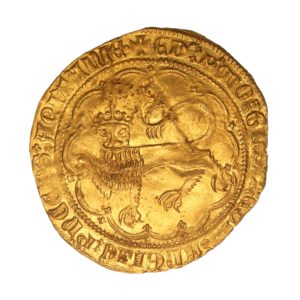
Anglo Gallic Edward the Black Prince Aquitaine AD 1362-1372 Gold Leopard D’Or *Rare*
£6,750.00Code: NM394
View Item -
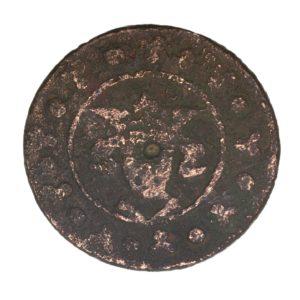
Edward I AD 1272-1307 Brass Jeton
£55.00Code: LM815
View Item -
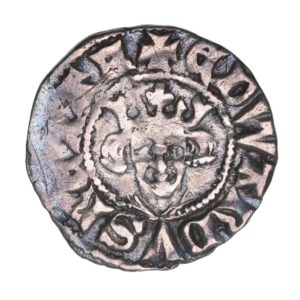
Edward I AD 1272-1307 Silver Halfpenny London
£125.00Code: LM812
View Item -
 New Listing
New ListingEdward I AD 1272-1307 Silver Halfpenny Newcastle Long cross type
£89.00Code: MM575
View Item -
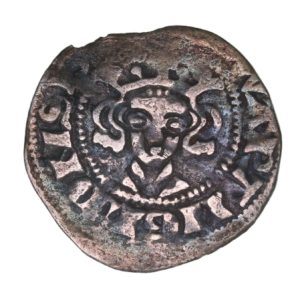
Edward I AD 1272-1307 Silver Penny Berwick on Tweed
£99.00Code: LM798
View Item -
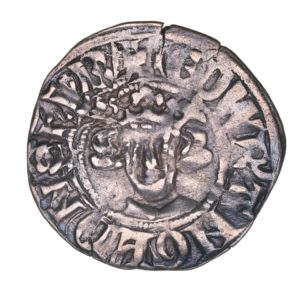
Edward I AD 1272-1307 Silver Penny Bury St Edmund
£99.00Code: LM801
View Item -
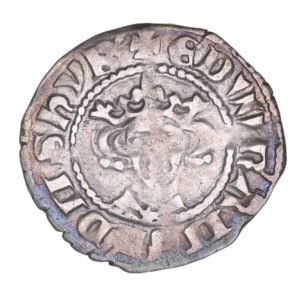
Edward I AD 1272-1307 Silver Penny Durham
£99.00Code: LM803
View Item -
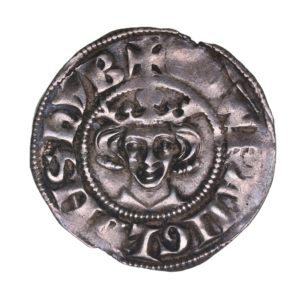
Edward I AD 1272-1307 Silver Penny London
£165.00Code: LM787
View Item -
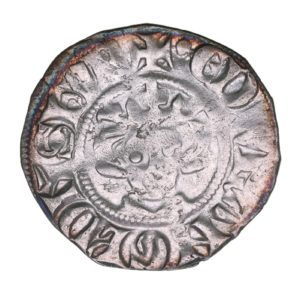
Edward I AD 1272-1307 Silver Penny London
£99.00Code: LM788
View Item -
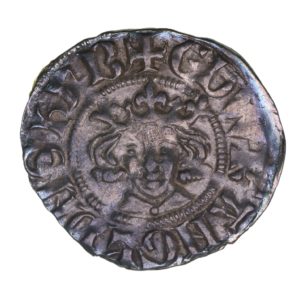
Edward I AD 1272-1307 Silver Penny London
£165.00Code: LM790
View Item -
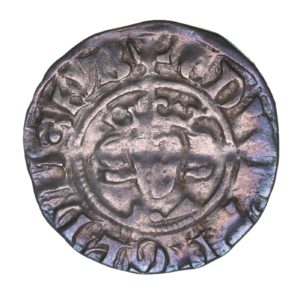
Edward I AD 1272-1307 Silver Penny London
£125.00Code: LM791
View Item -
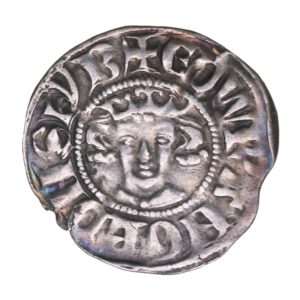
Edward I AD 1272-1307 Silver Penny London
£165.00Code: LM792
View Item -
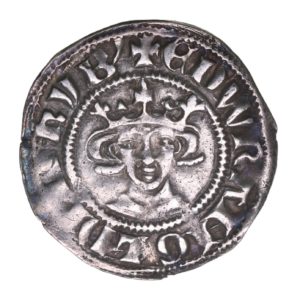
Edward I AD 1272-1307 Silver Penny London
£250.00Code: LM797
View Item -
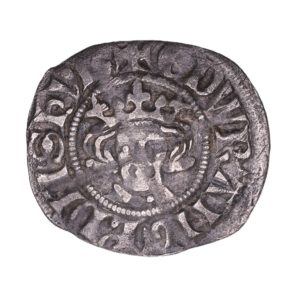
Edward I AD 1272-1307 Silver Penny London
£79.00Code: MM523
View Item -
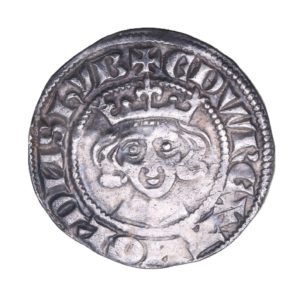
Edward I AD 1272-1307 Silver Penny London Class 1c
£165.00Code: LM662
View Item -
 New Listing
New ListingEdward I AD 1272-1307 Silver Penny London Class 1D
£89.00Code: MM573
View Item -
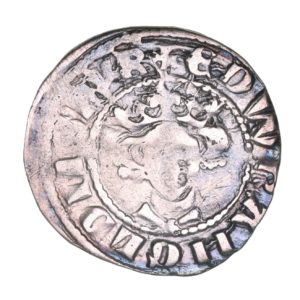
Edward I AD 1272-1307 Silver Penny Newcastle upon Tyne
£89.00Code: LM808
View Item -
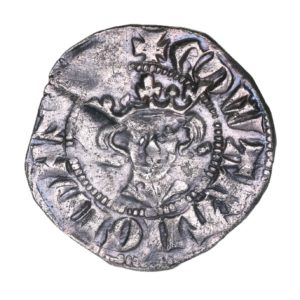
Edward II AD 1307-1327 Silver Penny
£165.00Code: LM818
View Item -
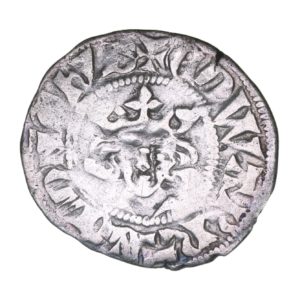
Edward II AD 1307-1327 Silver Penny Bury St Edmunds
£165.00Code: LM820
View Item -
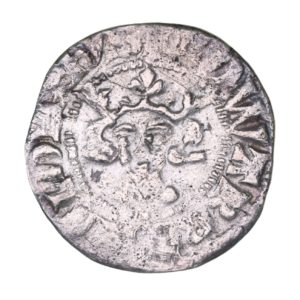
Edward II AD 1307-1327 Silver Penny Canterbury
£165.00Code: LM821
View Item -
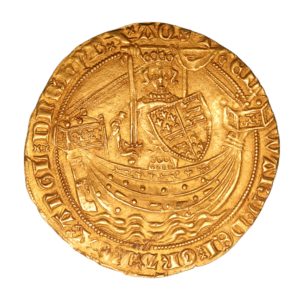
Edward III AD 1327-1377 Gold Noble Treaty Period AD 1361-9
£5,750.00Code: MM245
View Item -
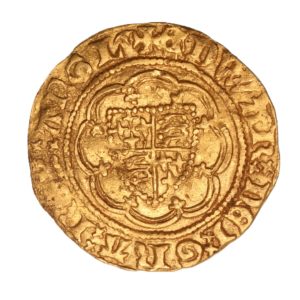
Edward III AD 1327-1377 Gold Quarter Noble Treaty Period AD 1361-9
£795.00Code: MM246
View Item -
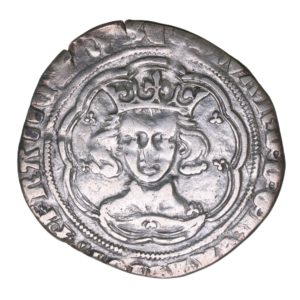
Edward III AD 1327-1377 Silver Groat London
£165.00Code: LM825
View Item -
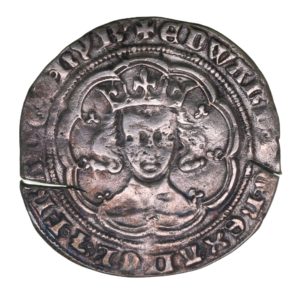
Edward III AD 1327-1377 Silver Groat London
£175.00Code: LM826
View Item -
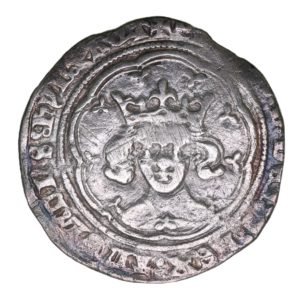
Edward III AD 1327-1377 Silver Groat London
£125.00Code: LM830
View Item -
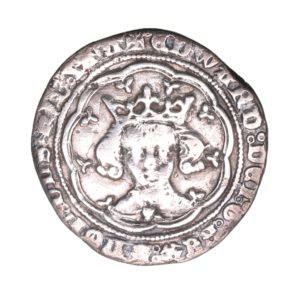
Edward III AD 1327-1377 Silver Groat London
£250.00Code: MM432
View Item -
 New Listing
New ListingEdward III AD 1327-1377 Silver Groat London Treaty period
£325.00Code: MM577
View Item -
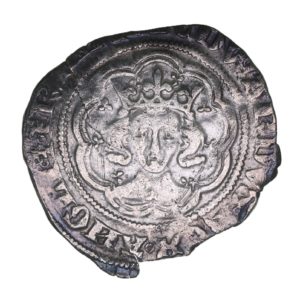
Edward III AD 1327-1377 Silver Halfgroat London
£145.00Code: LM827
View Item -
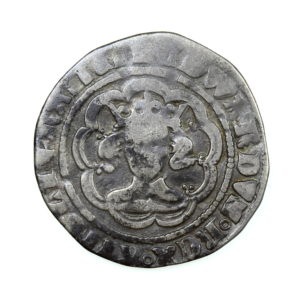
EDWARD III AD 1327-1377 Silver Halfgroat York mint 4th coinage Pre Treaty issue
£150.00Code: GM989
View Item -
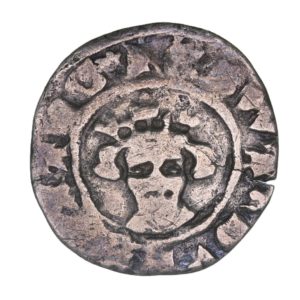
Edward III AD 1327-1377 Silver Halfpenny London
£79.00Code: LM822
View Item -
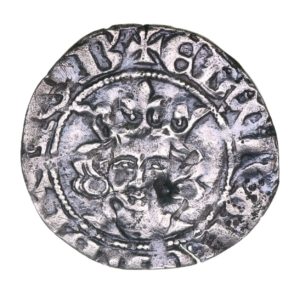
Edward III AD 1327-1377 Silver Penny London
£99.00Code: LM823
View Item -
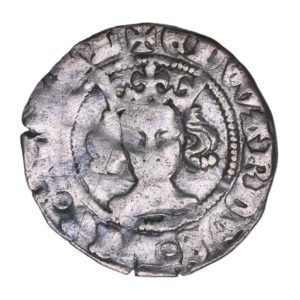
Edward III AD 1327-1377 Silver Penny London
£89.00Code: LM829
View Item -
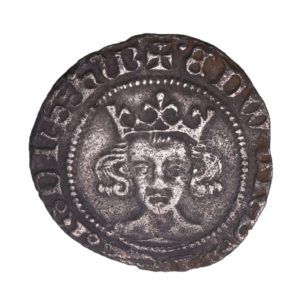
Edward III AD 1327-1377 Silver Penny London
£165.00Code: MM317
View Item -
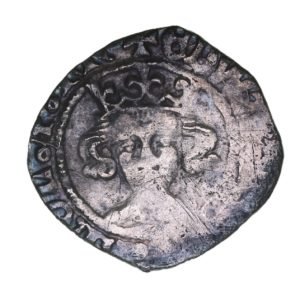
Edward III AD 1327-1377 Silver Penny York
£79.00Code: LM834
View Item -
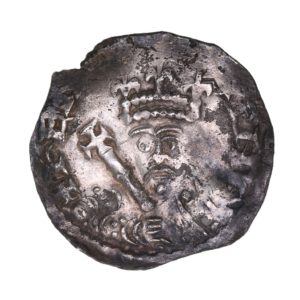
Henry II AD 1154-1189 Silver Penny Tealby type Class A Canterbury
£795.00Code: MM307
View Item -
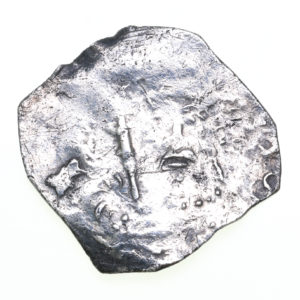
Henry II AD 1154-1189 Silver Penny Tealby Type London
£145.00Code: NM971
View Item -
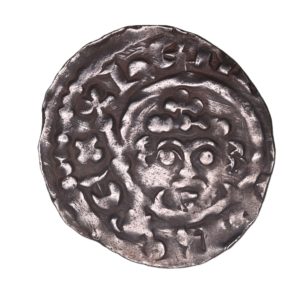
Henry II AD 1154-1189 Silver Short Cross Penny London
£225.00Code: LM564
View Item -
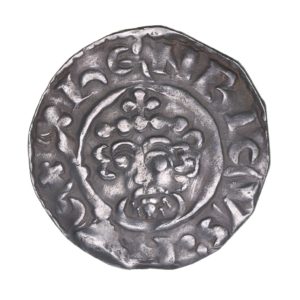
Henry II AD 1154-1189 Silver Short Cross Penny London
£495.00Code: MM05
View Item -
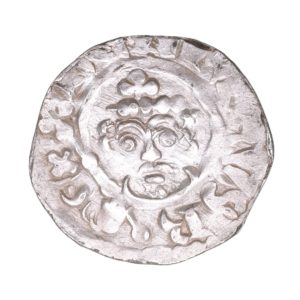
Henry II AD 1154-1189 Silver Short Cross Penny London
£250.00Code: MM515
View Item -
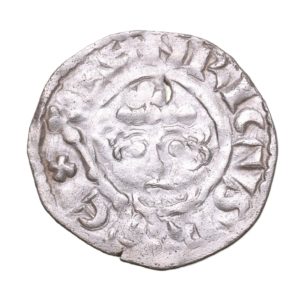
Henry II AD 1154-1189 Silver Short Cross Penny London
£165.00Code: MM516
View Item






